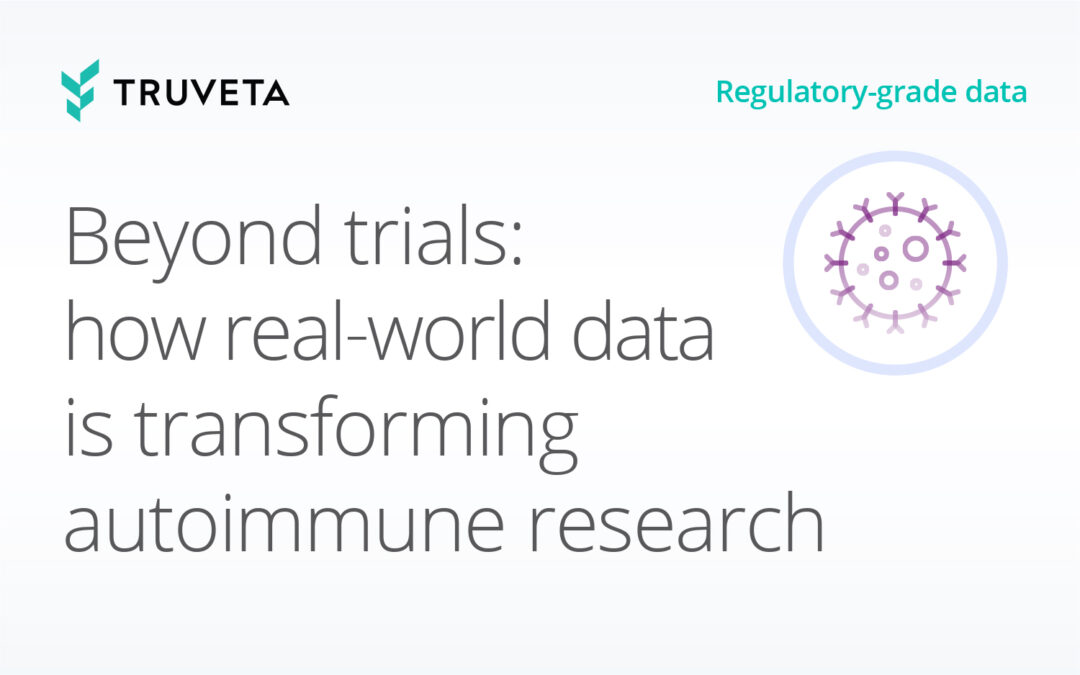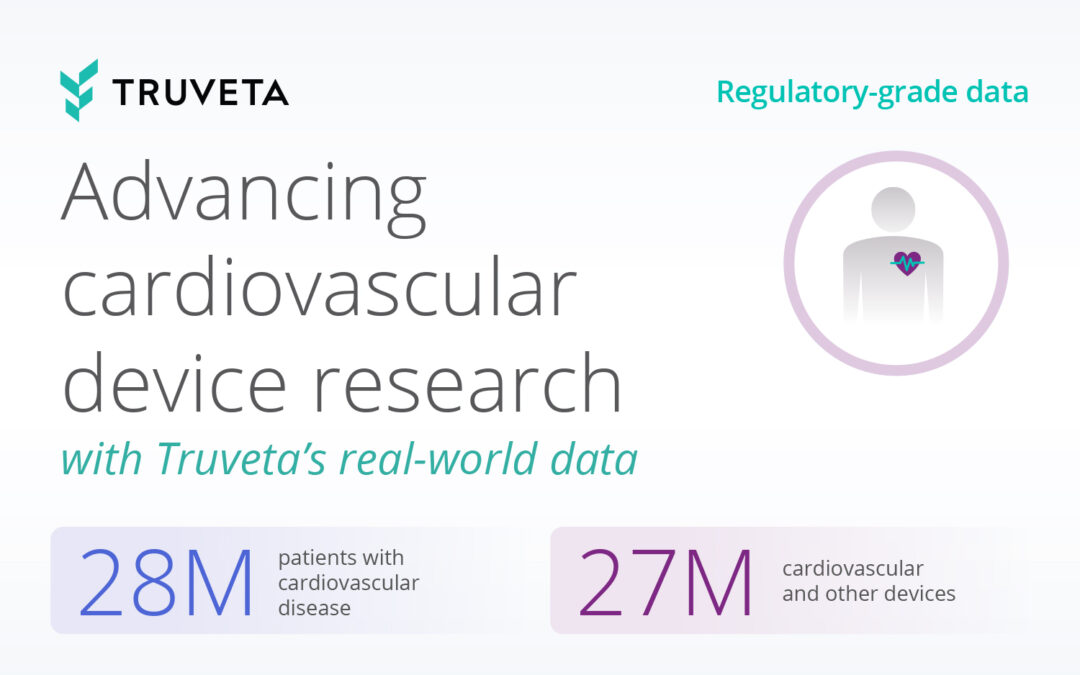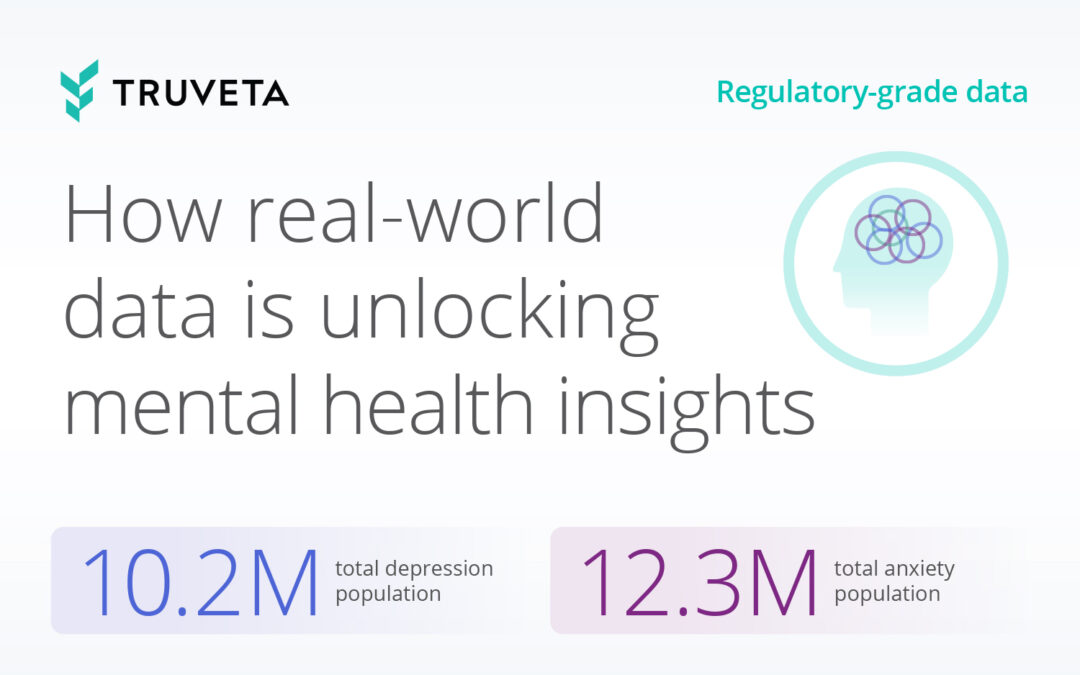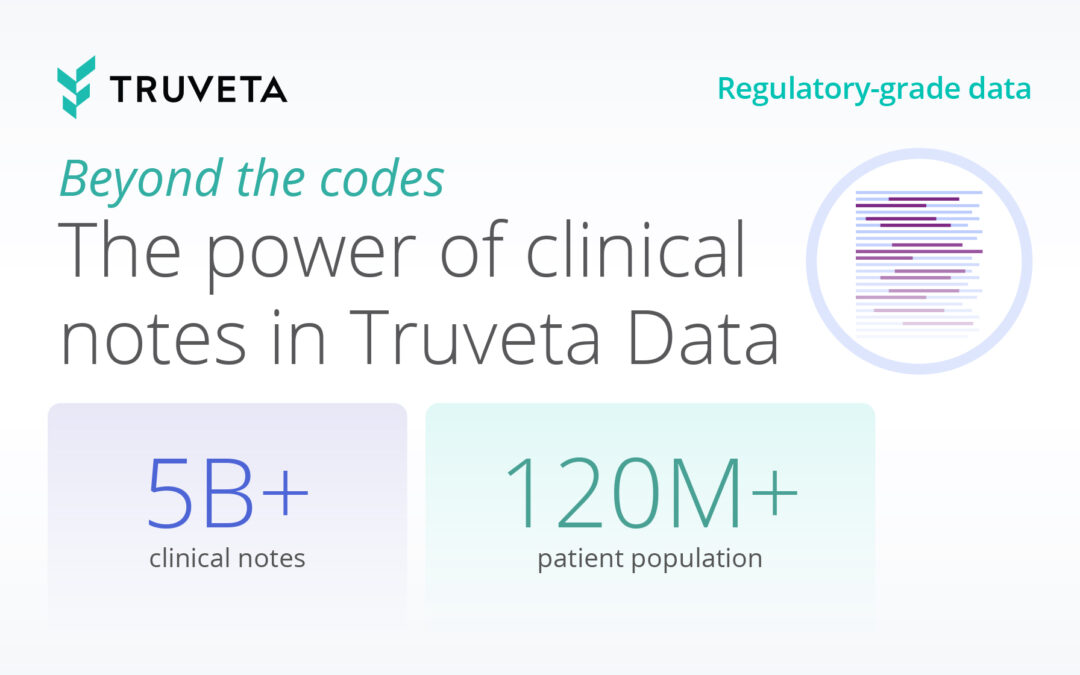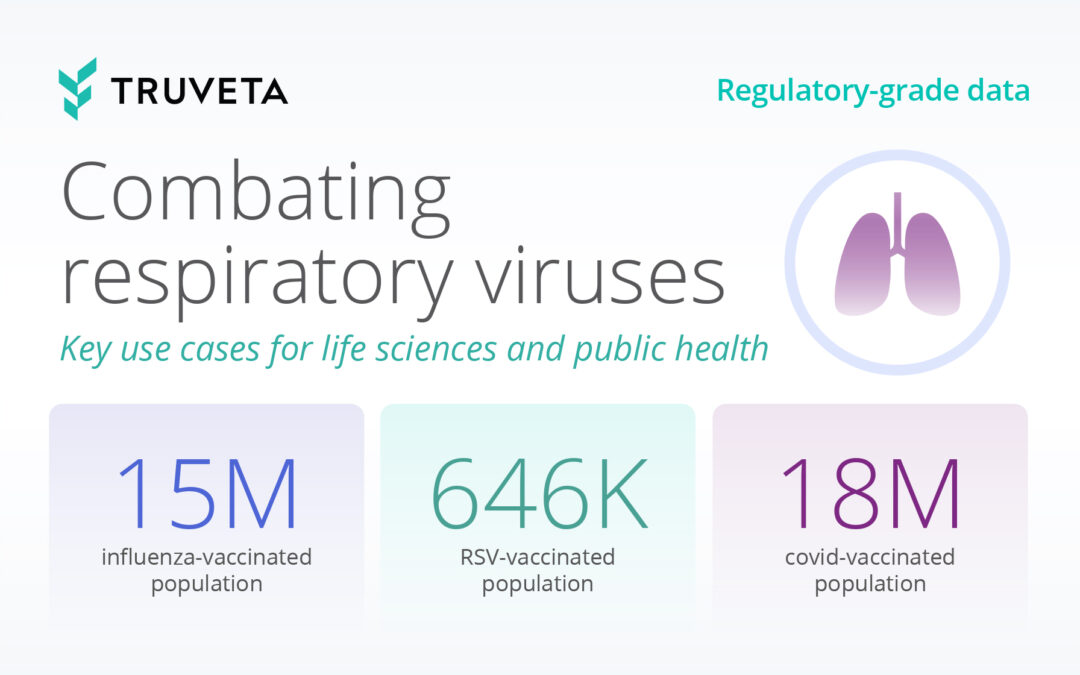
One in every four US households has someone living with migraine. More than a severe headache, migraine is a complex neurological disorder impacting 39 million Americans with more than $36B lost each year in medical expenses and lost productivity.
Despite its prevalence, migraine research remains severely underfunded, and while many treatment options exist, symptoms for many remain highly debilitating. In a recent survey of nearly 4,000 people who suffer from migraine, 60% were not satisfied with their current migraine treatment, demonstrating the massive unmet clinical need and R&D opportunity in this space.
Using Truveta’s EHR data for migraine research
For researchers driving clinical advancements for migraine, Truveta provides the most complete, timely, and clean EHR data from more than 100 million patients across a growing collective of US health systems. This regulatory-grade, nationally representative data includes full patient medical records, notes, and images, and is linked with claims, SDOH, and mortality data.
Further differentiating this EHR dataset is the Truveta Language Model, Truveta’s clinical expert-led AI that is responsible for extracting and structuring previously hidden information from more than 5 billion clinician notes. This information is extremely valuable in the migraine research space, where data is highly varied, largely unstructured, and difficult to structure compared to many other therapeutic areas.
Access unprecedented patient-level data and images
Flowing directly from 30 health system members and held to stringent data quality standards, Truveta Data includes lab tests and results, biometric data, genomic biomarkers, UDI level device data, immunizations, biopsy reports, medication dosage, pharmacy fill data and more. Representative of inpatient and outpatient care serving all 50 states, Truveta’s real-world migraine data looks like the real world where patients diagnosed are mostly female and often have comorbidity diagnoses of anxiety and depression.
- 80% of Truveta migraine population is female
- 42% of Truveta migraine population have anxiety as a recorded comorbidity
- 23% of Truveta migraine population have depression as a recorded comorbidity
Migraine is a clinical diagnosis based on patient and family history, physical examination, and other diagnostic criteria. While neuroimaging is not required for all patients on the path to diagnosis, approximately 12% of patients have imaging tests ordered during outpatient headache visits.
Truveta Data empowers migraine researchers to learn from the largest and most complete medical image dataset, including millions of images across all modalities and complete metadata on each image. Truveta’s migraine population includes 21M imaging studies, inclusive of MRI and CT scans. Medical images are updated daily and de-identified with industry-leading privacy and security.
Study previously hidden details from clinical notes
Truveta receives all clinical notes written during a patient’s care, contributing to the complete view of care and unlocking information that is not available in medical claims data or elsewhere in the EHR. TLM normalizes concepts from unstructured clinical notes, which offer critical information for understanding longitudinal patient journeys, including details like family history, disease staging, adverse events, symptom severity, reasons for a medication change, recommendations for follow-up, and other clinical context.
With roughly 90% of patients having a family history of migraine, this data can open the door to better understand genetic predisposition, inheritance patterns, triggers, and more.
Specific clinical concepts available for analyzing the migraine population include:
- Migraine severity and frequency
- MIDAS score or MIDAS grade (Migraine Disability Assessment Test), HIT-6 (Headache Impact Test), MSQoL (Migraine-Specific Quality of Life), and VAS (Visual Analog Scale)
- Migraine symptoms: pain, headache, nausea, blurred vision, vomiting, aura, photophobia, phonophobia
- Menstrual-related migraine
- Medication overuse headache
- Migraine triggers: stress, sleep, diet (alcohol, caffeine), hormonal changes, sensory stimuli, physical activity
- Treatment discontinuation & reason for switching medications

Uncover new migraine patterns within SDOH data
Migraine is the second leading cause of global disability and the first among young women. However, experts believe the global disease burden is still underestimated due to systemic inequalities that prevent women and people of color from obtaining proper medical care or even a diagnosis. Additional migraine have shown an increased risk of migraine with lower education level, unemployment, and even retirement.
By utilizing over 45 attributes related to education, income, housing stability, and more, researchers can enhance our understanding of how social drivers of health (SDOH) affect migraine patients. This allows every study to be a health equity study, and allows researchers to explore questions such as, “What is the impact of migraine frequency and severity on employment?”

Interested in learning more about our EHR data and analytics solution?
Request a demo with our team: Contact us

